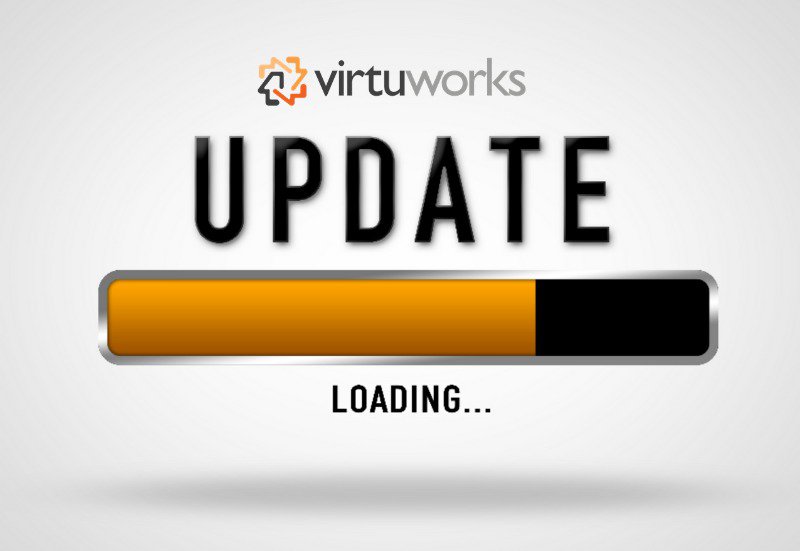If you think system and software updates are frustrating, you’re not alone. A 2016 research survey found that half of the participants had negative experiences, and only 21% positive ones. The frequency, combined with easy dismissal, leads to many putting them aside until later.
A research paper by Google suggests even 36% of experts don’t install updates as soon as they’re available. When it comes to non-experts, the number goes up to 66%. Though you’d think this would suggest software and system updates aren’t important, the opposite is true. The outbreaks of the WannaCry and NotPetya ransomware revealed just how vulnerable neglecting patches can leave you. Major organizations such as the UK’s NHS were locked out of their PCs largely due to reliance on out-of-date operating systems.
Here are three reasons to keep your software and system patched and up to date:
Protect Against New Exploits
Though it may not always be obvious, Windows and software updates routinely fix flaws in security. Sometimes these are for so-called ‘zero-day’ exploits – a vulnerability an attacker has found before the software-maker. Once these become public knowledge, the OS and software must be updated to prevent easy pickings for attackers.
However, when a vulnerability is discovered by the developers first, the fix isn’t always so visible. Software-makers may wait until a significant portion of their userbase is protected before they describe an issue in detail. As a result, you should even install updates listed as generic “security and bug fixes”.
Get the Latest Security Features
Updates also protect in a less talked about way. Microsoft and other developers routinely add new security features that proactively protect against general attacks.
Recently, for example, Windows 10 20H2 introduced Microsoft Defender Application Guard for Office, which automatically opens documents sent from outside an organization in an isolated sandbox. Keeping up to date with patch notes and updates allows an organization to carefully consider new security tools to aid their employees.
Keep Software Relevant and Bug-Free
Beyond security, an automatic or regular update schedule is likely to increase productivity. While you may want to provide training before rolling out any major UI overhauls, there’s little to be lost by implementing incremental changes.
Keeping the software and OS current reduces the risk that employees will run into bugs, driver issues, or performance hitches that will slow down their workflow. It also lowers the chance users will look for a fix elsewhere – by using an unsanctioned third-party app or making settings changes that only complicate matters.
Finally, updates foster a feeling of freshness rather than stagnation. They help a business remain competitive and allow employees to make use of new features in innovative ways. At the end of the day, you’re paying for a license that includes regular improvements, so you may as well utilize it.
Create a Robust Policy for Updates
While changing your attitude towards updates is crucial, internal update policies and best practices are also important. Define when and when not to install updates, factor in backups where necessary, and ensure you’re grabbing them in a secure way.
Ideally, review and implement the latest Windows 10 security updates every other Tuesday, and schedule a time for other software. Where it makes sense, automate, but make sure business-critical applications get a proper review.
You should also ensure you have procedures for emergency patches so you can react quickly to emerging threats. These should include good communication channels to notify the relevant departments, users, and customers.
While creating a patch schedule can get complicated, working with a managed service provider takes most of the load off. VirtuWorks offers 24/7, 365 support to aid with patch management and rollout. Contact us today to see how we can help you.


